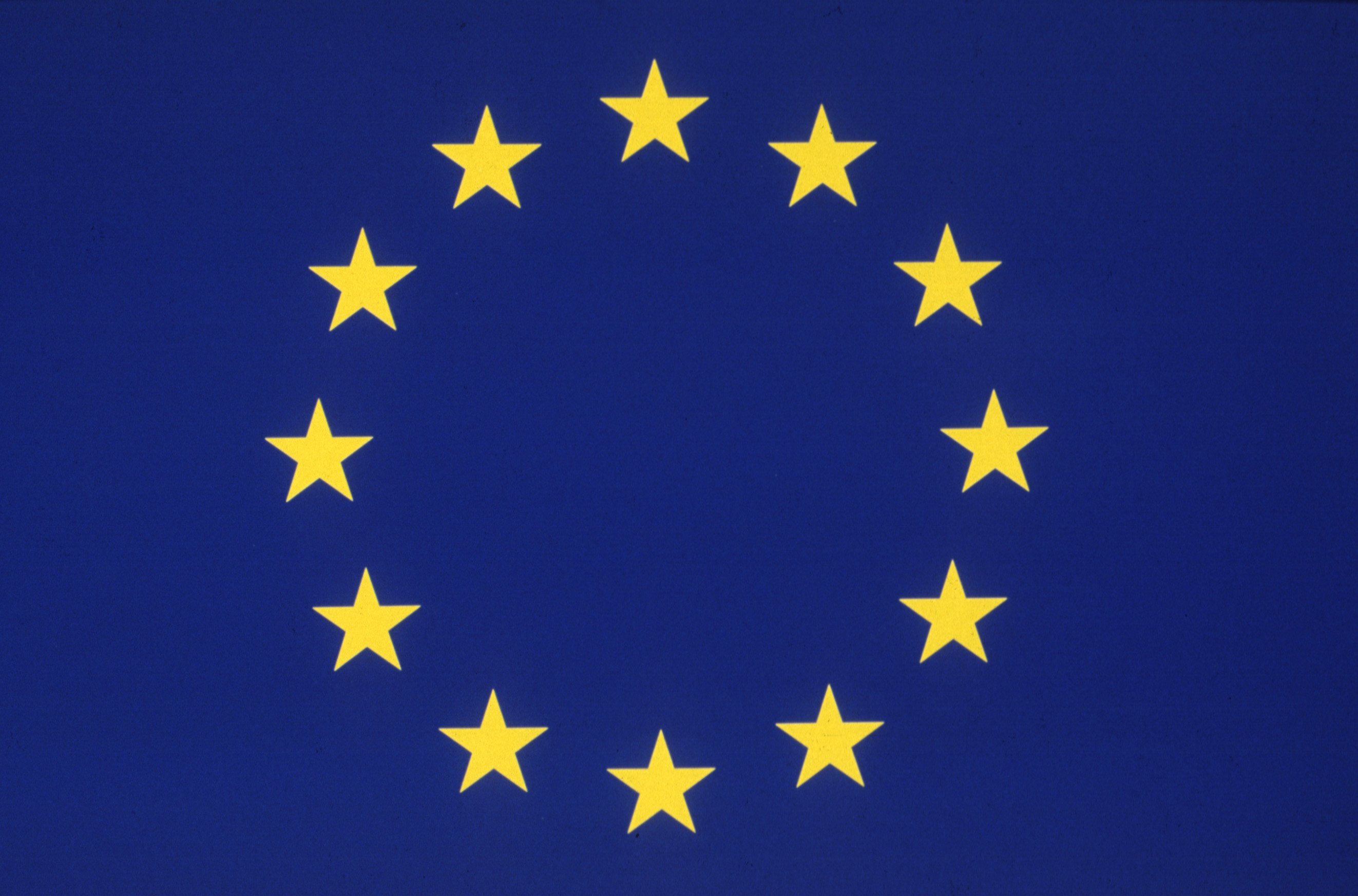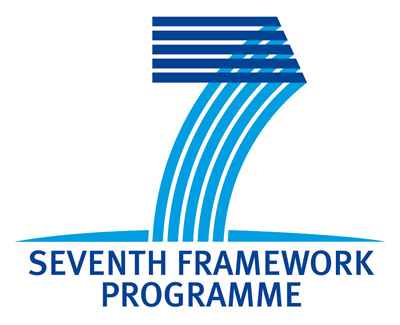Institution: Centre National de la Recherche Scientifique (CNRS)
Departments:
- CNRS – ICSN: Institut de Chimie (INC), Institut de Chimie des Substances Naturelles (UPR2301), Pôle Substances Naturelles-Plantes (PSN-P)
- CNRS – ECOFOG (Unité Mixte de Recherche 8172)
Websites:
http://ecofog.cirad.fr/fr/
Roles in project:
- CNRS – ICSN (UPR2301) will be implemented at WP1 (Bioprospecting) and WP2 (Chemodiversity), WP5 (Development), WP6 (Dissemination) and 7 (Project Management).
- CNRS – ECOFOG will be implemented in WP1 (Bioprospecting), WP2 (Chemodiversity), WP5 (Development), WP6 (Dissemination) and 7 (Project Management).
Contribution:
- Leader of WP1
- Participation in WP2, WP4, WP5, WP6 and WP7
Brief description of Organisation:
The Centre National de la Recherche Scientifique (National Center for Scientific Research) is a government-funded research organization, under the administrative authority of France’s Ministry of Research. As the largest fundamental research organization in Europe, CNRS carries out research in all fields of knowledge, through its 9 institutes. The Institut de Chimie des Substances Naturelles, acronym ICSN, is the largest staterun research Institute for chemistry in France. Within ICSN, the team “Pôle Substances Naturelles-Plantes” (PSN-P) possesses an expertise in Natural Products going from the collection of tropical plants, extraction, fractionation and isolation of bioactive compounds to the chemistry of natural products. One of the objectives of the PSN-P is to discover new bioactive molecules from tropical biodiversity’s higher plants. According to official collaborations opportunities with various inter tropical countries, under respect of biodiversity agreements, our partners carry out random collect. The CNRS laboratory of Medicinal Plants in Noumea (New-Caledonia) makes part of the ICSN. ICSN works with Madagascar, Uganda, Malaysia and Vietnam through official collaborations. The botanical, chemical and biological data relative to the species collected are gathered in a database. This database, accessible online by our partners, integrates all pieces of information on the plants: identification, GPS location, part of the plant collected, extraction procedures, nature of the active extracts, etc… So far, the ICSN extract library is rich of about 11000 extracts coming from 5 000 plants. The ICSN chemical library is a part of the French National Chemical Library. That service manages collection and distribution of the institute’s compounds as well as their biological results. Several group of the ICSN were involved in its elaboration and still enrich it. Nowadays, around 4500 molecules from natural and synthetic sources are registered into an ISIS format database and are distributed in 96 wells plates, in various dilutions.
The Mixed Research Unit ECOFOG which is a joint research unit of 5 research organizations:
1)CNRS (Centre National de la Recherche Scientifique), 2) The University of Antillas and Guiana 3) AgroParisTech 4) CIRAD (Centre de Cooperation Internationale en Recherche Agronomique pour le Developpement) and 5) The INRA (Institut National de la Recherche Agronomique) brings together multidisciplinary human and technical resources.
The CNRS is by far the largest research institute in France, and the UAG is the only university represented in the three French Ultra Peripheral Regions (Guadeloupe, Martinique and French Guiana). UAG has published more than 300 referenced articles in the last 5 years. ECOFOG leads several large research projects financed by Europe (DEGRAD, DEGA, GUYAFOR) and National Research Funds (Bridge, Xylotech – http://ecofog.cirad.fr/fr/programmes/Xylotech.htm [in which Didier Stien is project leader]). Approximately 20 articles per year published in peer-reviewed journals originate from ECOFOG researches in the fields of Environmental Science, Material Science and Natural Product Chemistry.
ECOFOG Natural Products Chemistry group is involved in researches dealing with the understanding of natural products in their environment (functional aspects of chemodiversity) and the analysis and valorization of these natural products. ECOFOG has developed academic and industrial projects in these domains. Hence, researches conducted by us have resulted in the creation of a small company in the fragrances area (Xyliane). Other industrial or semi-industrial partners such as KLR and the Office National des Forêts have associated with ECOFOG with the intention of valorizing natural substances through reasoned sustainable development approaches. ECOFOG is now equipped with almost all relevant analytical chemistry techniques (HPLC, GC-MS, NMR) and routinely performs molecules isolation and identification. Our group also runs bioassays in routine (fungus, parasites). In addition, ECOFOG manages one research forest station in Amazonia where trees have been identified and localized.
Short Profile of Staff and relevant experience:
CNRS – ICSN
- F. Guéritte, is a research director with expertise in the chemistry of natural products. She has been involved in the discovery of two anticancer drugs originated from natural substances isolated from plants. She is also responsible of the ICSN chemical library (4000 pure products)
- M. Litaudon is a research engineer with large experience in the collection and extraction of plants, as well as in the fractionation of different kind of extracts. He is responsible within PSN of the laboratory which take care of the extract preparation and fractionation as well as structural determination.
- V.Dumontet is a research engineer and is responsible of the collaboration with Madagascar and of the research program developed in New Caledonia (with Cyril Poullain). Vincent Dumontet is also an expert in the extraction of plants and structural analysis. He is responsible within ICSN of the “enzymatic target library” for biological screening.
- C. Poullain is a research engineer and is responsible of the Laboratory of medicinal Plants (CNRS) in Noumea (New Caledonia). This laboratory depends of the PSN team (ICSN-CNRS). Cyril Poullain is an expert in botanical systematic and a specialist of the endemic floraof New Caledonia.
- Q. Wang Zhu is a research engineer responsible of the analysis of the active chemical compounds coming from the screening of the ICSN library. She is an expert in total synthesis and she design synthetic strategies for the hits
- P. Rasoanaivo is Professor at Ecole Supérieure Polytechnique of Antananarivo University and research director at the Institut Malgache de Recherches Appliquées, Antananarivo, Madagascar. Philippe Rasoanarivo is the coordinator for the Malagasy
CNRS – ECOFOG
- D. Stien, Ph.D., is a researcher at the CNRS (France) and responsible of the Natural Substances Group within ECOFOG. He is author of 25 scientific publications, and inventor of 1 patent. He is awarded with 11 research grants including 3 from EU and others from National Research Funds. He leads a research group of 9 researchers and PhD students focusing on the functional diversity of natural molecules and the bioinspired valorization of these molecules.
- V. Eparvier, Ph.D. is Research Engineer at CNRS in the field of Natural Product Chemistry. She is a specialist in extraction, isolation (chromatographic methods) and structural elucidation using NMR techniques.
- E. Houël is Research Engineer at CNRS in the field of Natural Product Chemistry. She is a specialist in extraction and bioguided isolation of active natural products.
Selected publications in line with scope of the project:
CNRS – ICSN
- JOLLY C., THOISON O., MARTIN M.T., DUMONTET V., GILBERT A., PFEIFFER B., LEONCE S., SEVENET T., GUERITTE F., LITAUDON M., Cytotoxic turrianes of Kermadecia elliptica from the New Caledonian rainforest, Phytochemistry, 2008, 69(2), pp. 533-540
- FOMEKONG FOTSOP D., ROUSSI F., LE CALLONEC C., BOUSSEROUEL H., LITAUDON M., GUERITTE F., Isolation and characterization of two new drimanes from Zygogynum baillonii and synthesis of analogues, Tetrahedron, 2008, 64(9), pp. 2192-2197
- CALLAHAN D.L., ROESSNER U., DUMONTET V., PERRIER N., WEDD A.G., O’HAIR R.A.J., BAKER A.J.M., KOLEV S.D., LC-MS and GC-MS metabolite profiling of nickel(II) complexes in the latex of the nickel-hyperaccumulating tree Sebertia acuminata and identification of methylated aldaric acid as a new nickel(II) ligand, Phytochemistry, 2008, 69(1), pp. 240-251
CNRS – ECOFOG
- MARTI G., EPARVIER V., MORETTI C., SUSPLUGAS S., PRADO S., GRELLIER P., RETAILLEAU P., GUERITTE,F., LITAUDON, M., Antiplasmodial benzophenones from the trunk latex of Moronobea coccinea (Clusiaceae),Phytochem. 2008, available 4 dec 2008
- LI M.C., ROYER M., STIEN D., LECANTE A., ROOS C., Inhibitive effect of sodium eperuate on zinc corrosion in alkaline solutions, Corrosion Science, 2008, 50 (7),1975-1981
- EPARVIER V., NGUYEN V.H., THOISON O., MARTIN M-T., LITAUDON M., GUÉRITTE F., SÉVENET T., Cytotoxic farnesyl glycosides from Pittosporum pancheri, Phytochem. 2007, 68(5), 604-608


